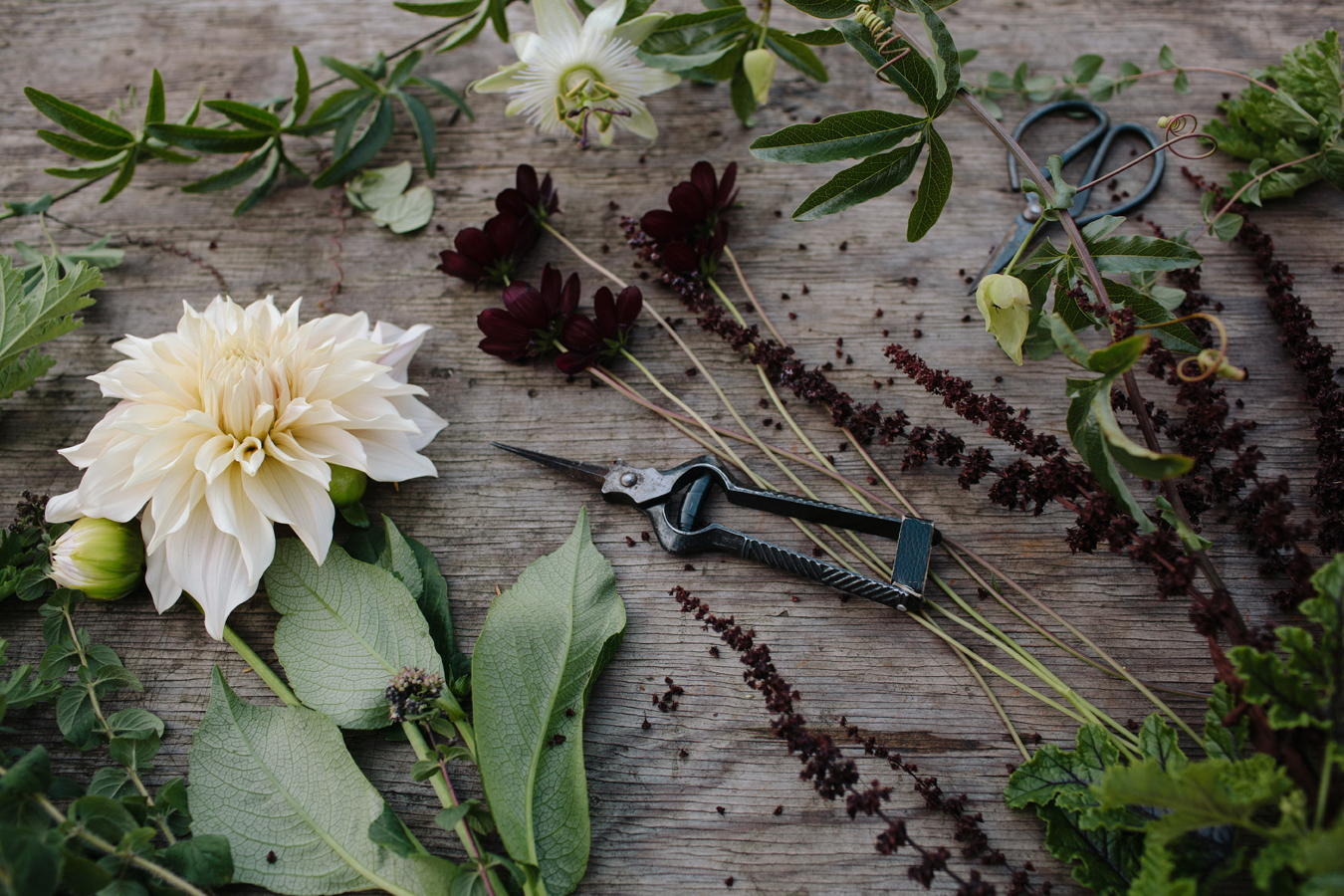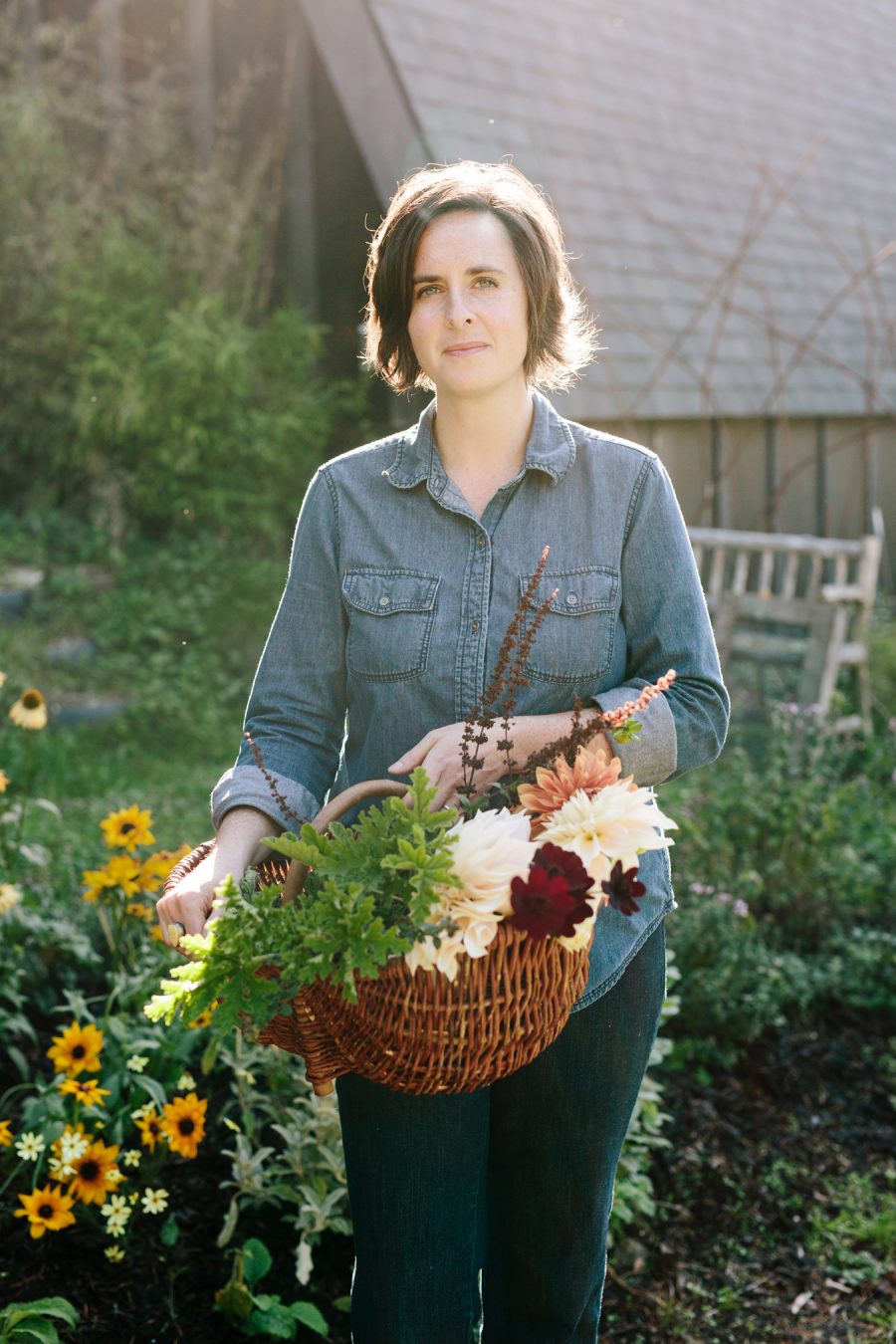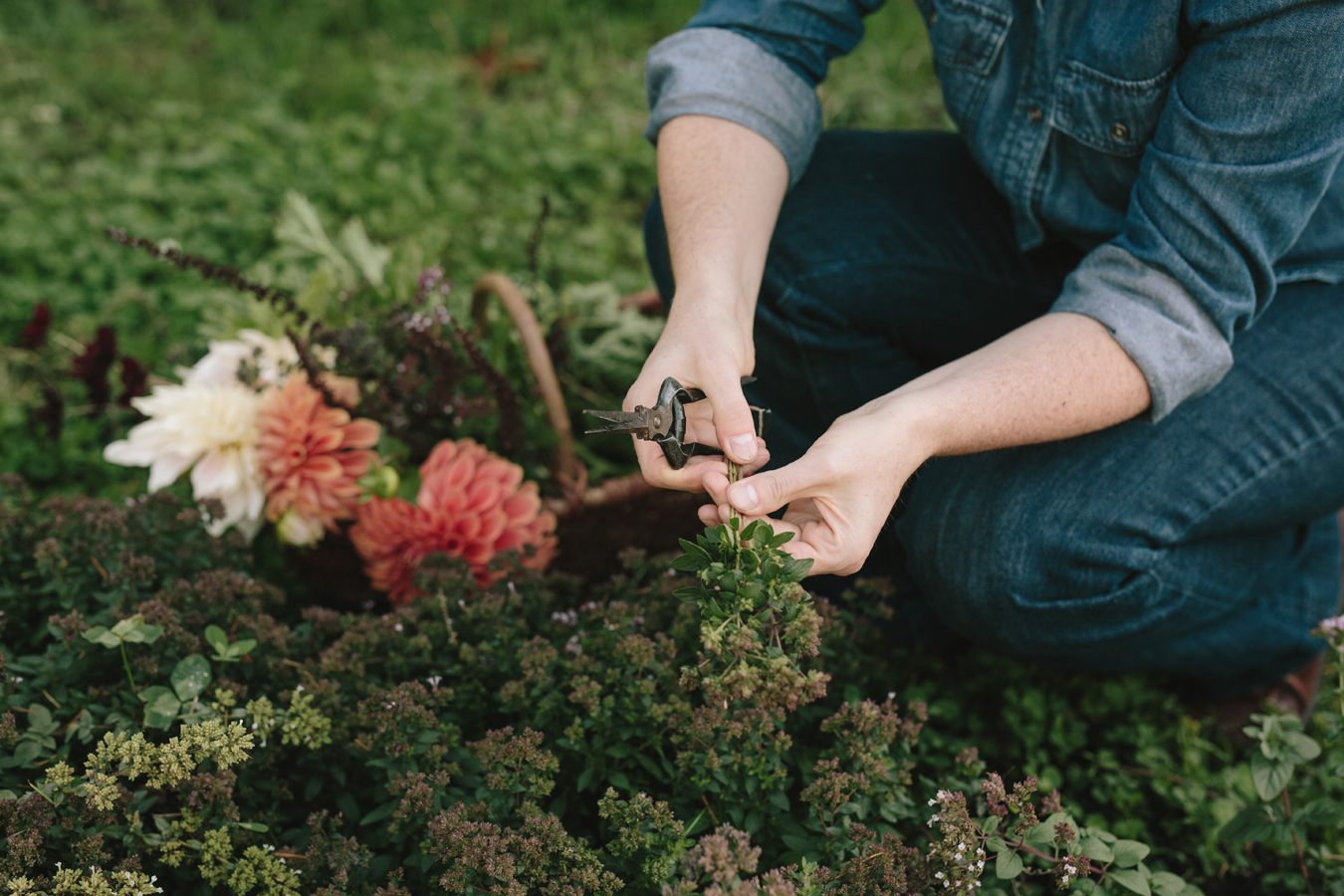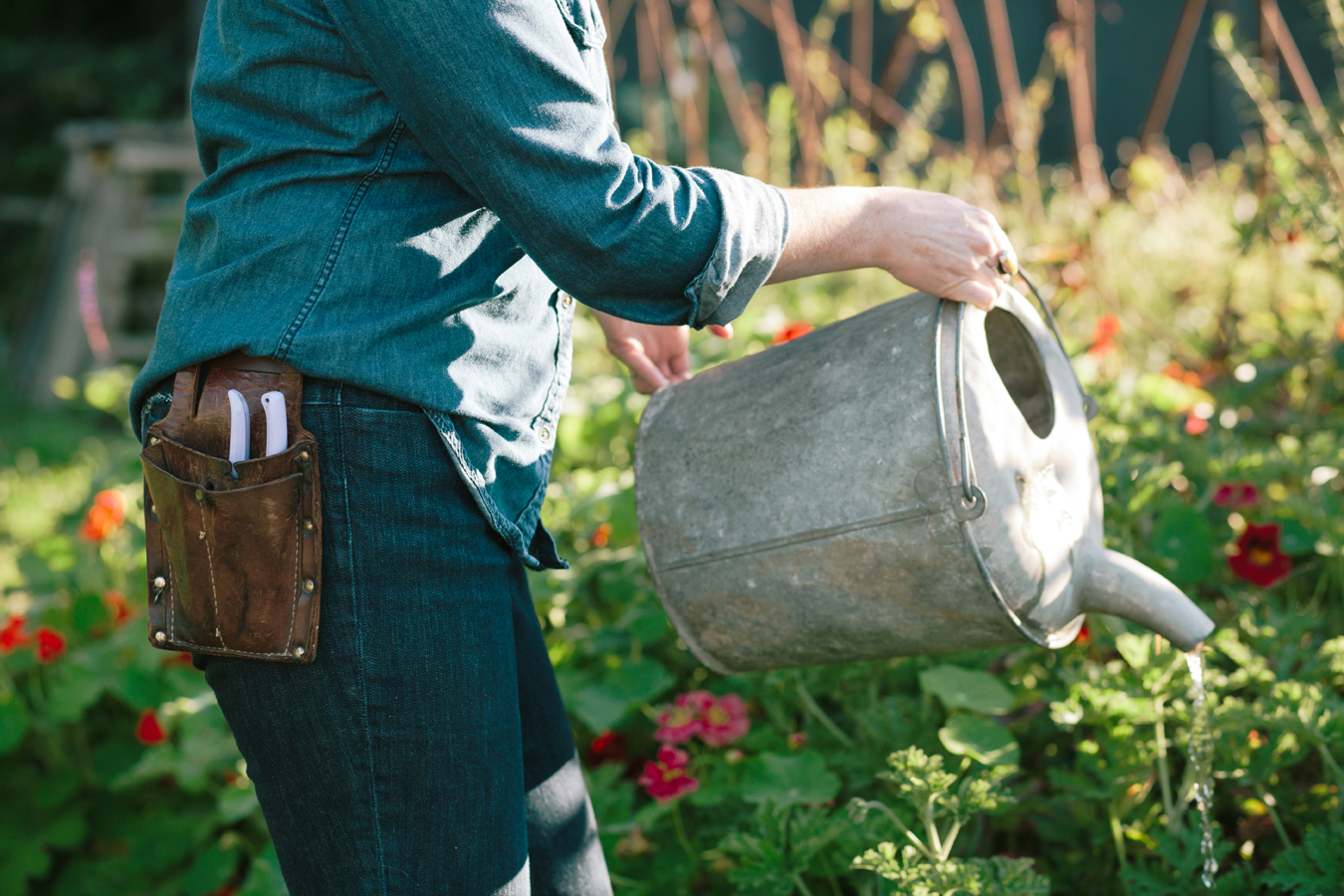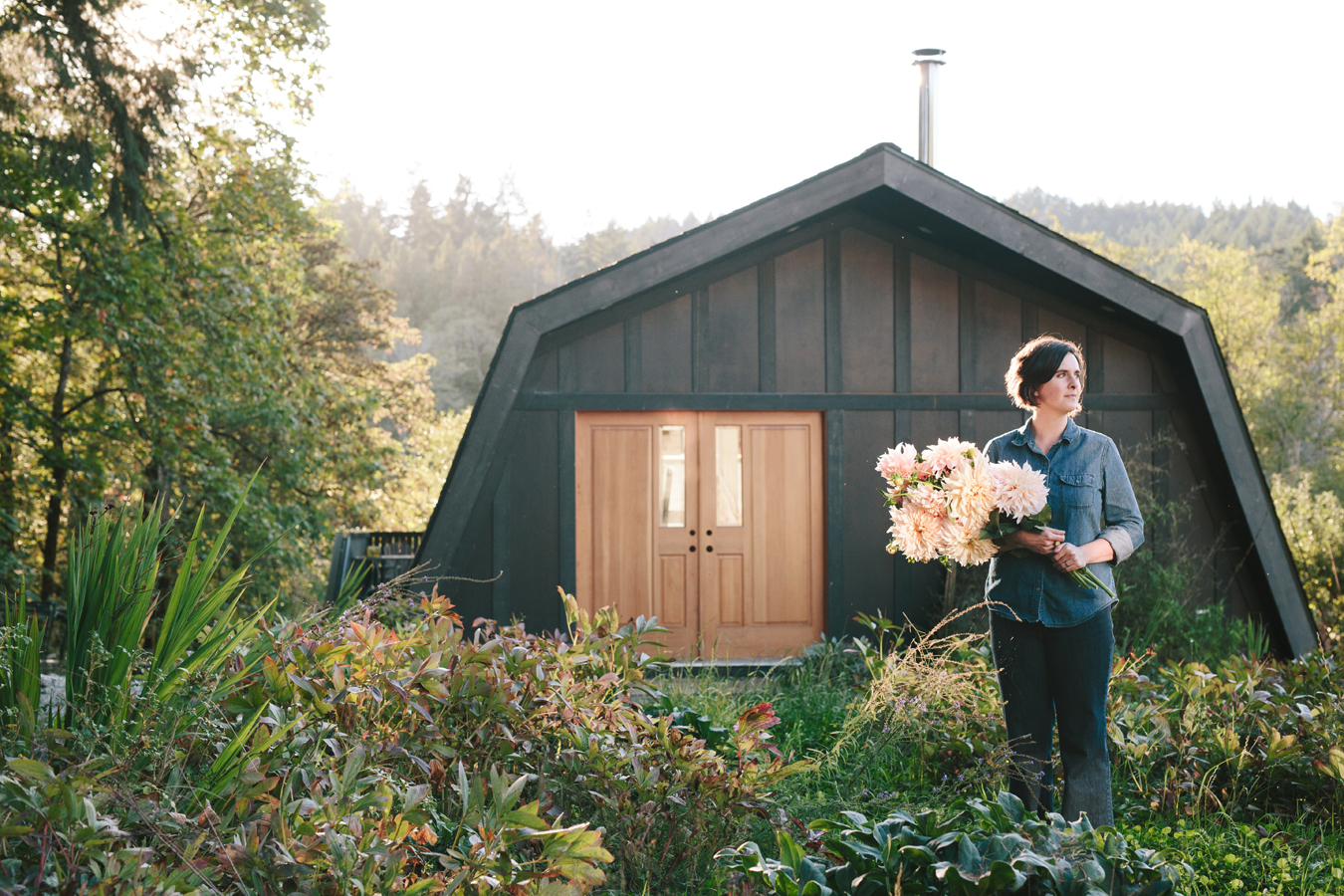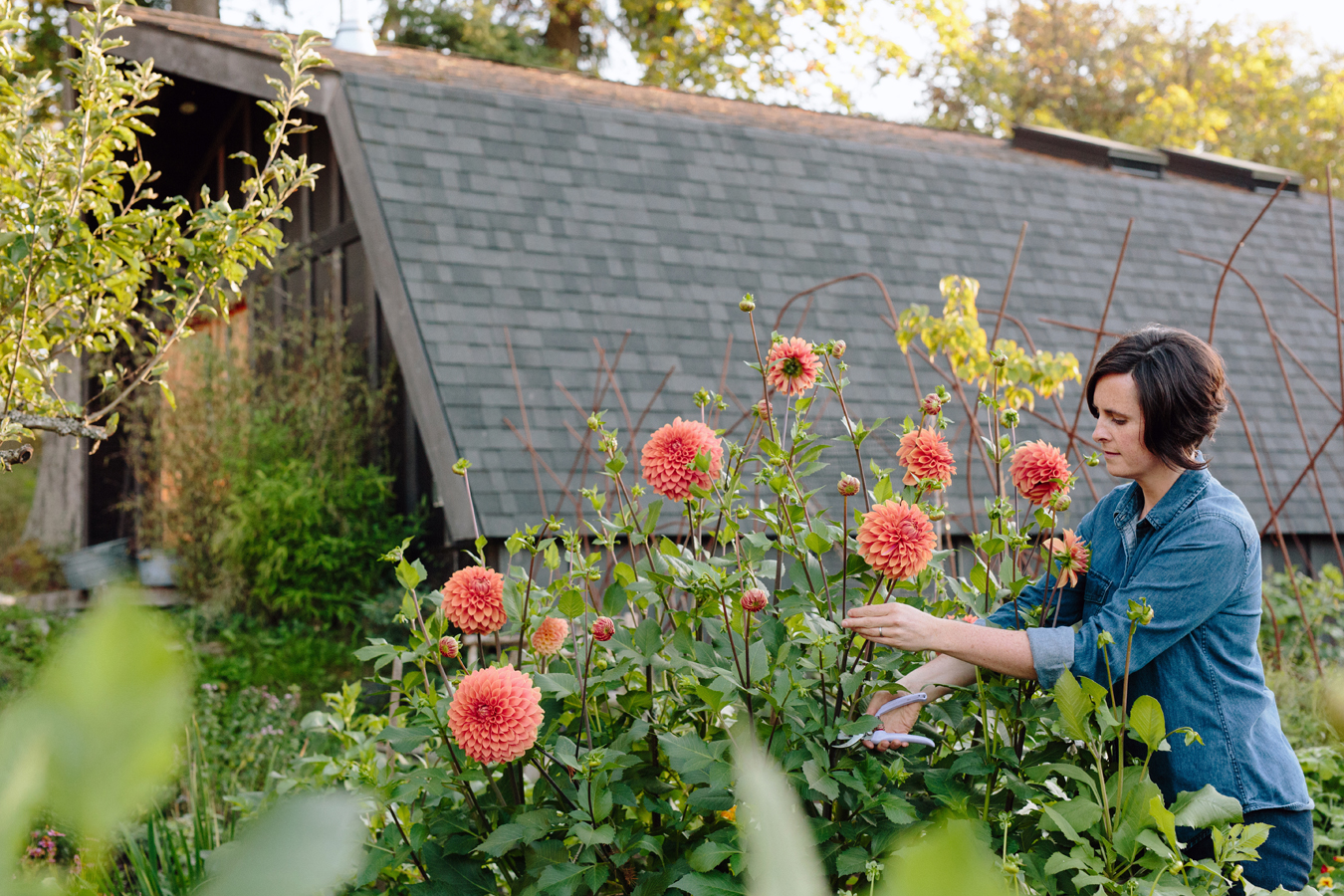The ancient Egyptians wore garlands of poppies and jasmine to funerals, leaving them at the tombs of their loved ones. The Greeks created fragrant cornucopias overflowing with grape leaves, lilies, and violets to celebrate births and weddings. In the Renaissance, when flowers were unaffordable for the average household, they were depicted in paintings instead—an attempt to capture their fleeting splendour all year long.
In the modern world, flowers continue to symbolize opulence and celebration, but floral arrangements have departed dramatically from their historical predecessors. Until the mid-20th century, flower arrangements mimicked the asymmetry and abundance of the natural world. Most modern, North American floral arrangements are tame in comparison: tightly packed, round mounds of blossoms perched atop plastic containers. That’s because these arrangements are usually made with flowers from farms in Colombia or Ecuador, and delicate petals are sprayed with chemicals in order to preserve them for long journeys. To walk into a florist’s shop nowadays is to forget the natural, wild origins of flowers. “I was never one of those people who was into flowers or anything until I discovered a couple of designers who were really forging a new path,” says Clare Day, one of Vancouver Island’s most sought-after floral arrangers. She is at her organic farm just outside of Victoria, where she grows flowers and herbs for her business. Her kitchen table is a massive slab of granite that also serves as a workshop bench for floral design students. Between sips of tea that keep her warm while the old farmhouse’s wood stove comes to life, she talks about her obsession with climbers: “I’ve got so many different kinds of vines growing in different spots all over the property,” she admits. “I always incorporate vines and branches into my arrangements.”
Day is one of a growing number of flower arrangers who, dissatisfied with the aesthetics and ethics of contemporary floral design, are attempting to return to the craft’s natural roots: low, wide, and unruly arrangements in muted colours. They take inspiration from the Renaissance, when the contents of a vase were composed of whatever foliage could be found locally, and the paintings of the Dutch masters, which consistently imagined flowers tumbling outside of their confines. Often huge, ornate urns or bowls are used instead of traditional vases. Vines, seasonal herbs, and “weird garden things” are just some of the elements Day uses to add a unique flair to her work.
While floral designers such as Ariella Chezar popularized this style shift in urban centres including New York and Los Angeles, the movement has only recently arrived on Canada’s West Coast, and Day is its leader. She stresses that sustainability is inextricably linked to her style. “When I started out, I saw what was happening in the farm-to-table movement and how people were so interested in where their food came from, and were genuinely interested in getting to know local growers,” she says. “To me it just seemed natural that the interest would grow into other areas like wine and coffee and flowers… from garden to vase.” Perhaps it is telling that Day’s own interest in growing flowers began as a desire to support local bee populations; the aspiration to arrange came after. She took an ikebana course at the local rec centre six years ago and, upon discovering that she had a knack for this kind of work, signed up for classes at FlowerSchool New York and Little Flower School in Brooklyn.
Day admits that the recent shift in floral design lends itself to a “do it yourself” practice, which is why she offers classes at her farm throughout the year, and is launching a new digital course this spring. Though students come for an arrangement class, they often leave wanting to know more about the whole process from start to finish. “I think people want to get their hands in the earth and unplug from the constant bombardment of technology and information in their lives,” she says. “There’s something about untouched nature that is somehow being evoked in this style of flower arranging that people are excited about.” At some point, it seems as if she has stopped talking about flowers and is instead supplying instructions for life: “Don’t pack your arrangement too tightly,” she directs. “There’s a tendency to put too much in and make the arrangement too full. But you have to pull back a bit and let it breathe.”
Get more great stories delivered right to your inbox.

